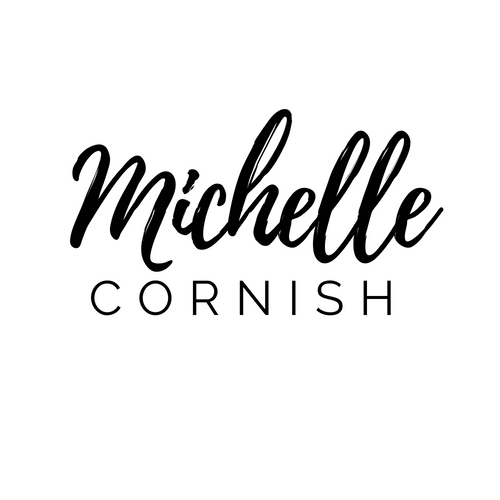12 Days of Planning a Novel: Maintaining Order AND Flexibility (Part 2)
/Woohoo! It’s the final day in 12 Days of Planning a Novel. I’ve had a lot of fun writing this series and I’m a little sad it’s coming to an end, but I hope it’s helped you create an amazing novel outline that will help you breeze through writing your novel.
Today I want to talk a bit more about staying organized while still having the flexibility to make changes in your novel outline without causing yourself a lot of extra work. My last post focused on how to do this using sticky notes or recipe cards. This post is for those of you that prefer to use as little paper as possible.
There is a lot of software out there to help you plan and write a novel. I like to keep things simple (and free) so I’m going to share my favourite way to do this: Google apps. I have a lot of writer friends who swear by Scrivener, and while it’s not free, it’s very affordable (with a free trial option) and you get a lot of bank for your buck, so I’ll also share some of the things Scrivener can do.
My favourite Google apps for creating novel outlines and writing are Google Keep and Google Docs.
Google Keep
I discovered Google Keep earlier this year and instantly wondered why I hadn’t heard of it before. It was a real game changer for organizing my writing. Google Keep is what I like to call “virtual sticky notes”. You can add labels, colour-code each sticky note, and easily move them around in Keep. If you prefer digital organization, but like the sticky note method I discussed in my last post, Google Keep is a great way to set that up online.
Installing the Google Keep Chrome extension, makes it really easy to keep track of your research. If you come across an article online that you want to read later, simply click the Keep extension to create a sticky note in Keep and save the web address. You can use Keep’s virtual sticky notes for almost anything: keeping track of characters, major plot points, and creating to-do lists.
There’s even an option to draw on the sticky notes with your finger if you prefer handwriting to typing on your phone or want to make a quick doodle!
Google Docs
When I first started using Google Docs, I admit, I was a little hesitant to have my writing online. I was nervous about the security of it, but it’s linked to your gmail account, so there’s really nothing to worry about. Having your writing online also means it’s automatically saved and backed up.
Google Keep and Google Docs completely integrate so you can pull up your outline (which might be several Google Keep sticky notes) while you are in Google Docs and start working from it. Google Docs also has an outline feature that acts like a table of contents, so if you use proper headline formatting in your document, you can easily jump between chapters.
My favourite Google Docs feature is the ability to access it anywhere—on my PC, my tablet, or my phone. There have been many times where I’ve pulled out my phone at the playground and worked on my writing while my kids played.
Both Google Docs and Google Keep are set up for voice-to-text which is my second favourite feature. When I’m at the playground with my kids, it’s usually easier for me to speak my thoughts than type on my phone’s tiny keyboard.
There are so many things you can use Google Keep and Google Docs for, I’ve barely scratched the surface here. Check out this YouTube video from Simpletivity that shows some great ideas for using Google Keep and Google Docs for writing.
I like creating my outline in Google Keep and then bringing it over to Google Docs when I start drafting my novel.
Scrivener
I know a lot of writers who love Scrivener for keeping their writing organized. Since I don’t use Scrivener myself, in order to share some of the highlights of Scrivener, I enlisted the help of my writer friends.
Scrivener is totally customizable, allowing you to view your outline in traditional outline mode or in notecard mode, as recipe cards on a virtual bulletin board that can be moved around. It’s easy to refer to your research while you outline or write with Scrivener’s ‘binder’ system that allows your research to be stored in the same file as your writing.
Once you start writing, Scrivener lets you set trackable word count goals and allows you to easily move chapters around. You can also use voice-to-text by integrating Dragon with Scrivener to help you write faster.
If you’re planning on self-publishing, Scrivener allows you to export your book to a mobi or epub file for publishing as an ebook, saving you time and money. Learn more about Scrivener here.
A huge thank you to all my writer friends for sharing their thoughts about Scrivener.
Now that you’ve worked through this novel planning series, how do you think you’ll keep your outline organized? I’d love to hear about it in the comments.





